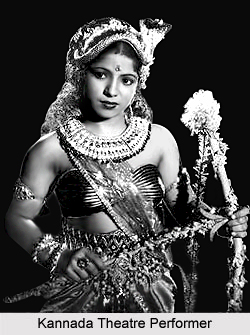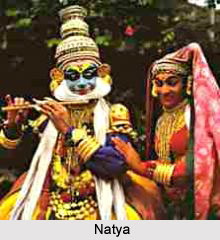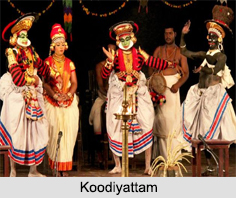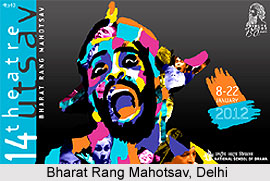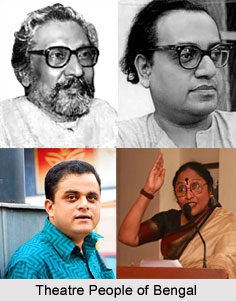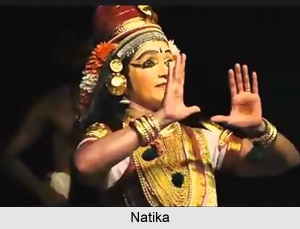 Natika is the minor form of Sanskrit theatre. In actual sense, Natika means `small natak`. Natika is characterized by Lalitabhinaya which means graceful acting. In this form of theatre, great importance is given to the physical, natural and involuntary graces of the young women.
Natika is the minor form of Sanskrit theatre. In actual sense, Natika means `small natak`. Natika is characterized by Lalitabhinaya which means graceful acting. In this form of theatre, great importance is given to the physical, natural and involuntary graces of the young women.
This minor form of Sanskrit theatre was actually founded on an invented story, consisting of four acts, and abounding with female characters. The hero is an illustrious king, dhiralalita i.e. firm and playful of nature. The heroine is a maid of the royal family, newly in love, either belonging to the hero`s household as an attendant to the queen, or employed as a musical performer. The king, who loves her, conducts himself with restraint for fear of the queen. The queen, older than her rival, is bold and indignant, and the union of hero and young heroine occurs under her control. Her kaisiki is graceful vritti must employ action.
As the premier form of uparupaka, the natika offered a model for the minor plays in Indian tradition. The Natyashastram notes that it was replete with songs and dance, lalita or playful abhinaya, and love in union. Harsha`s Ratnavali in seventh century and Rajasekharas Viddhasalabhanjika or `The Resembling Image` in tenth century is well-known examples.
This article is a stub. You can enrich by adding more information to it. Send your Write Up to content@indianetzone.com







